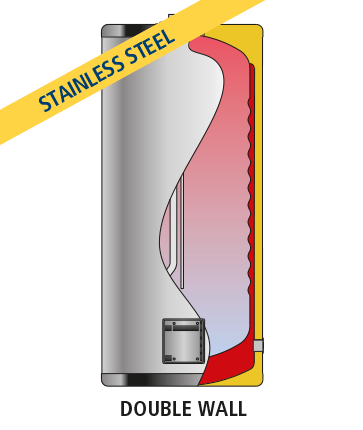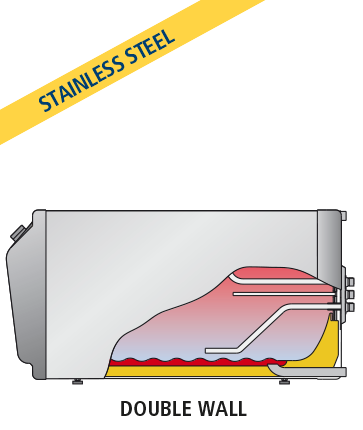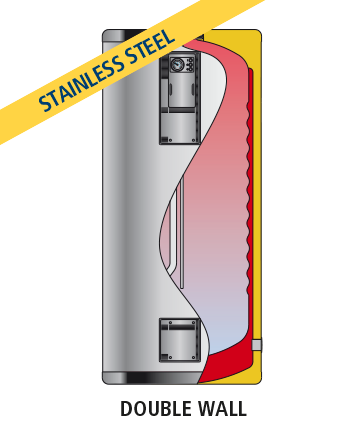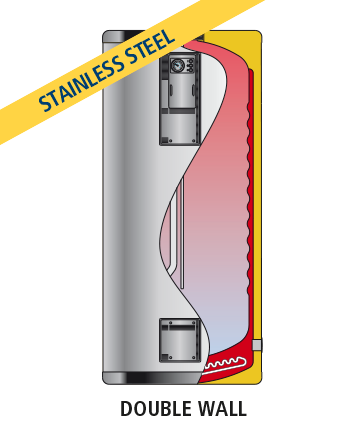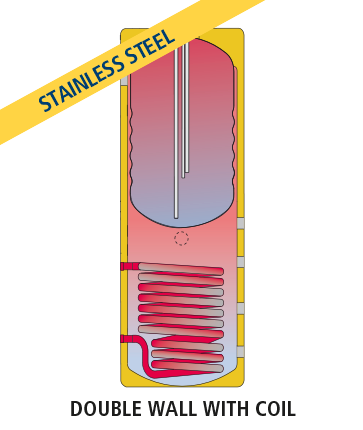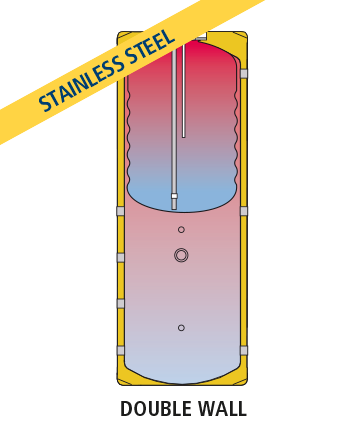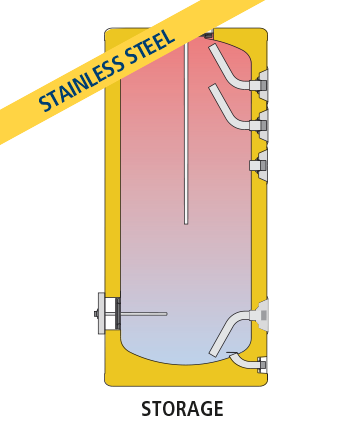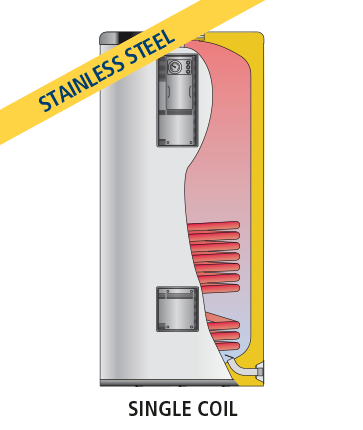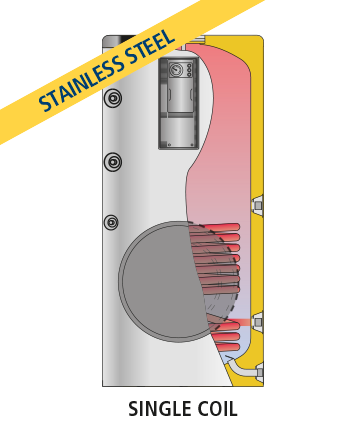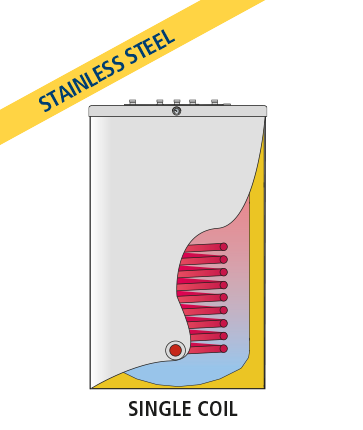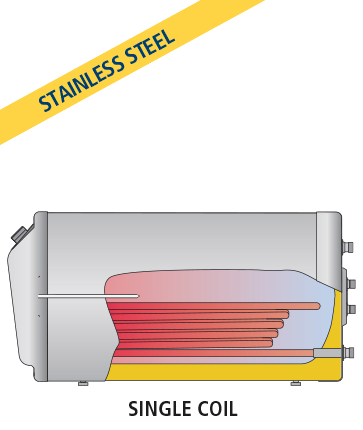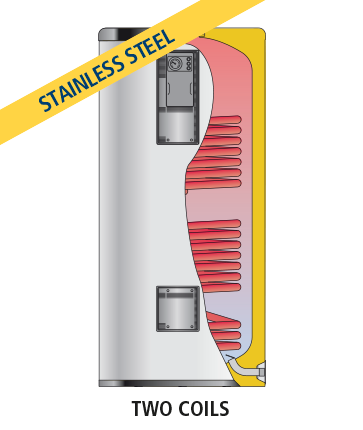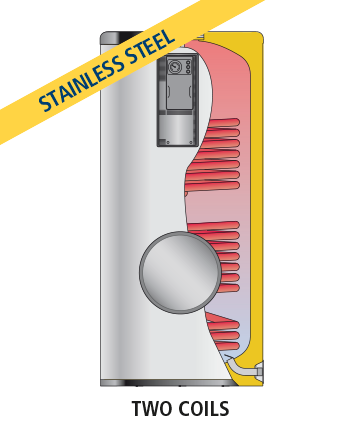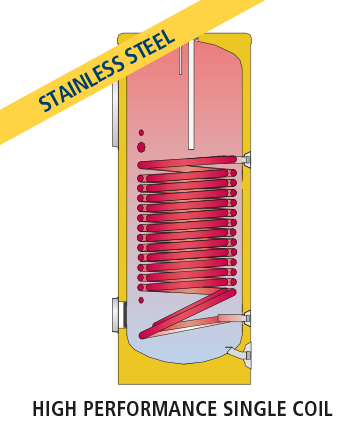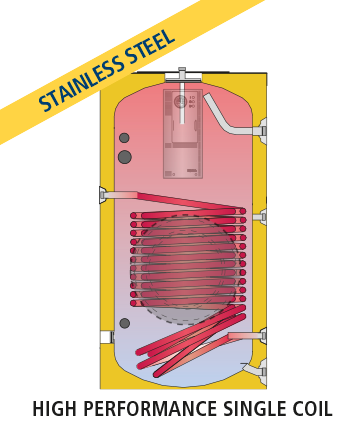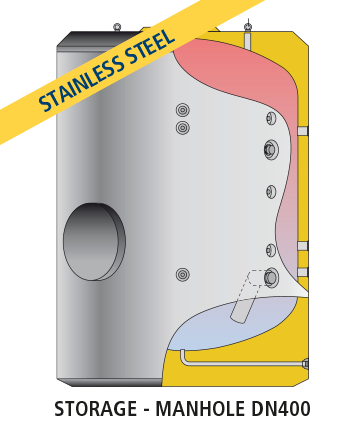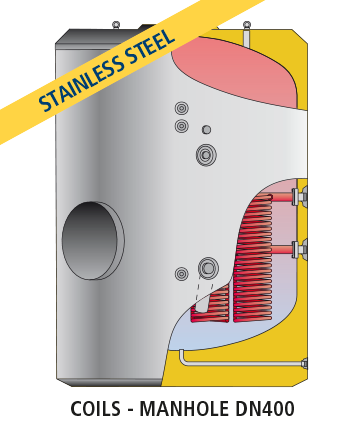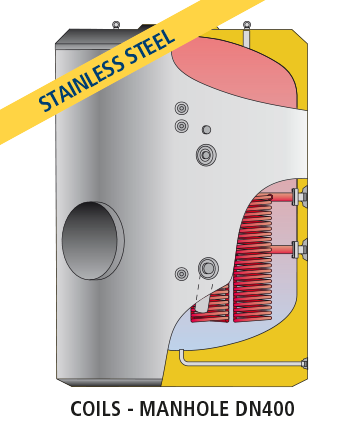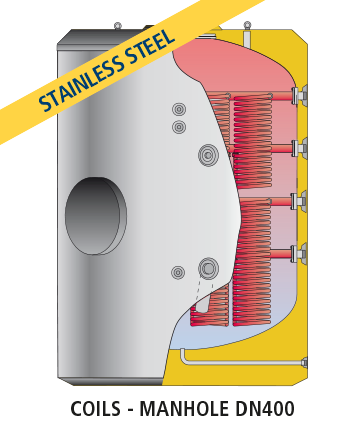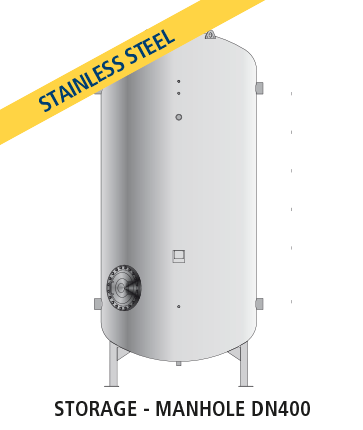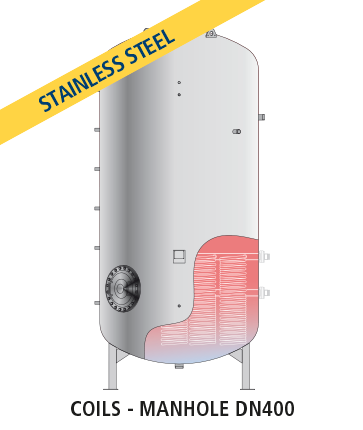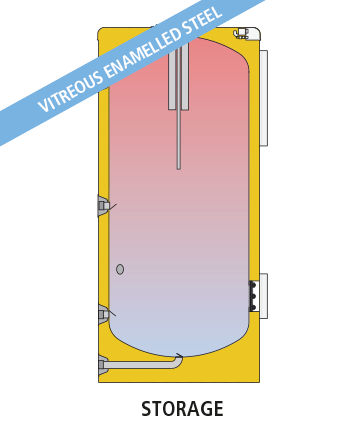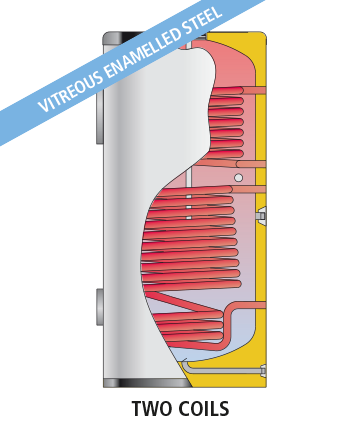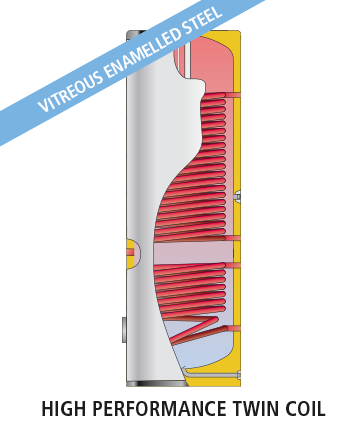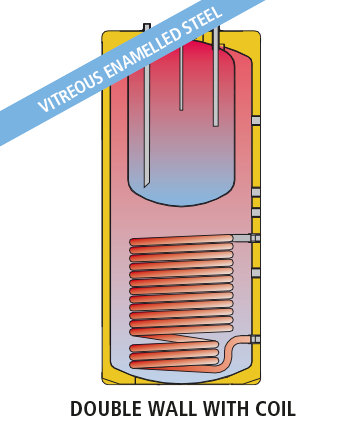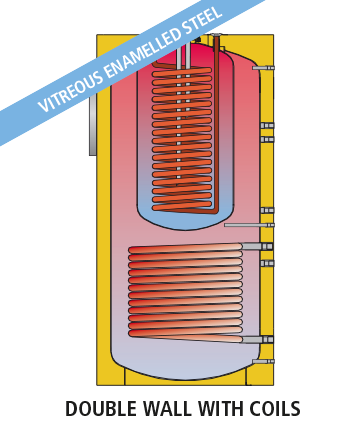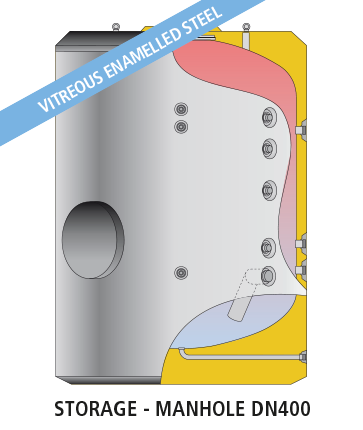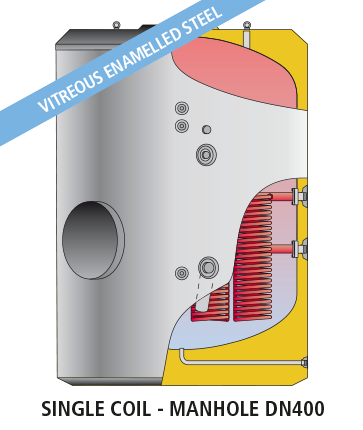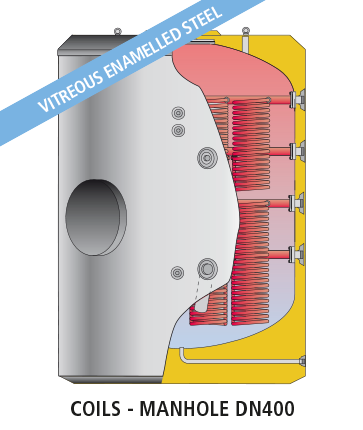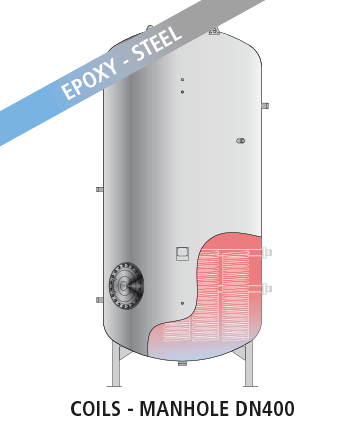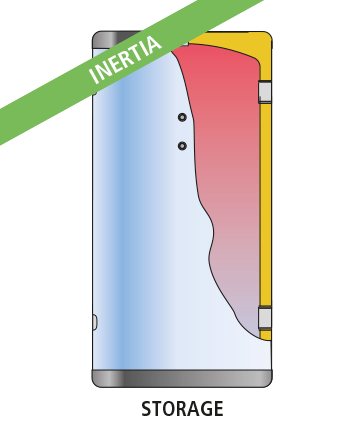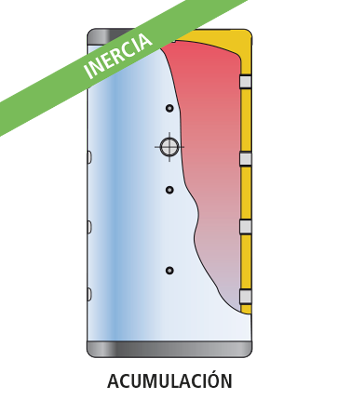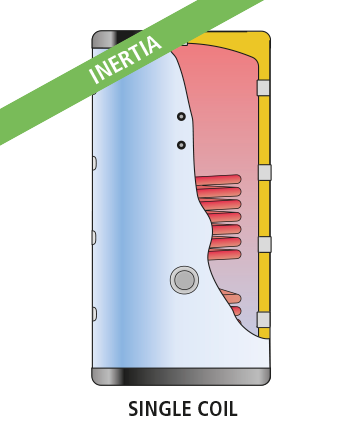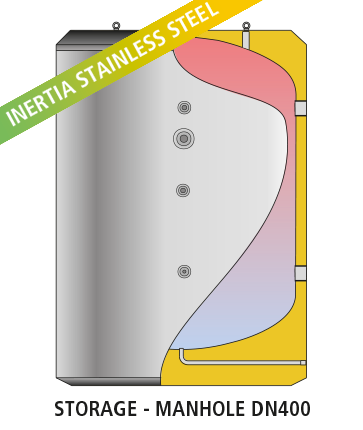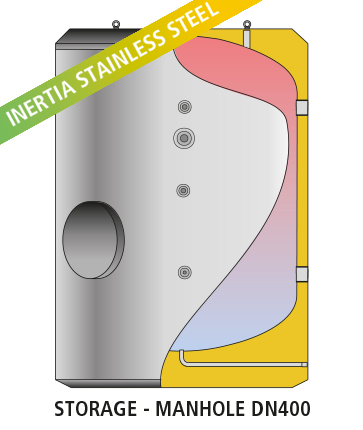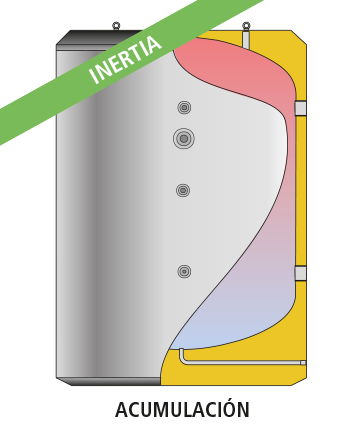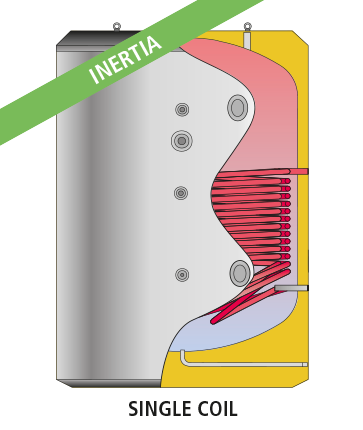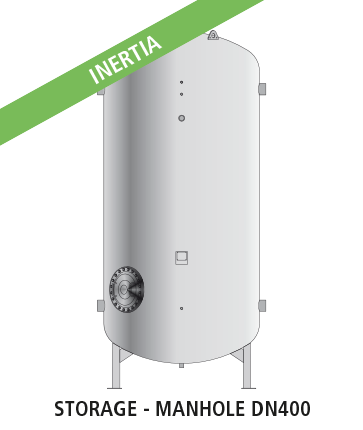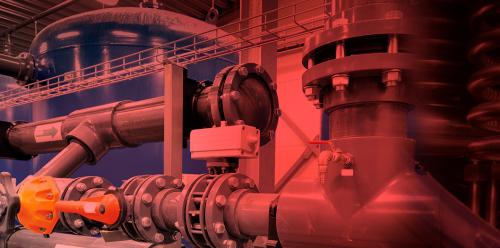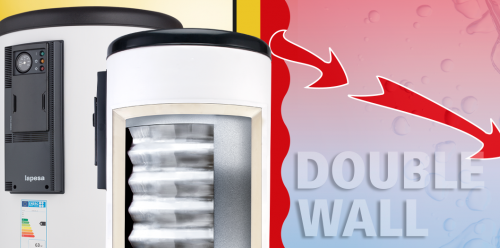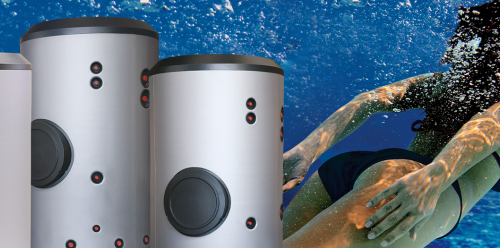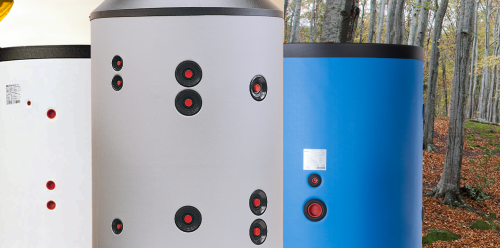Tanks for domestic hot water, production and storage:
At lapesa, you will find the best solution for your DHW project or installation. Explore here the possibilities within the widest range of domestic hot water heaters and buffer vessels on the market.
Proven quality Excellence in surface protection Maximum storage capacity
Storage tanks for DHW with capacities from 60 to 12000 liters, made of stainless steel or vitreous enamelled steel
Inertia storage tanks with capacities from 30 to 12.000 liters, made of carbon steel
OPTIONS
Select the option or options to find out the suitable hot water heaters and storage cylinders.
SELECTION OPTIONS
Select the option or options to find out the suitable storage cylinders.
LAPESA reserves the right to carry out technical alterations on its products without prior notice. (*) Request specific model for horizontal installation (only for capacities >1500 liters).
NOTE: (*) Request specific model for horizontal installation (only for capacities> 1500 liters).
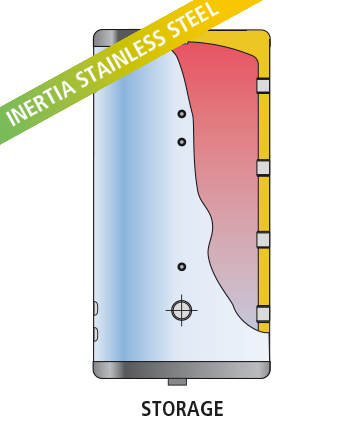
GEISER INERCIA GX4-IF

MASTER INERCIA MV-IB

DHW - Domestic Hot Water
Domestic hot water (DHW) is defined as heated drinking water, intended for human consumption for sanitary purposes (bathroom, shower...) and cleaning (dishwasher, washing machine, sink, floors ...)
read more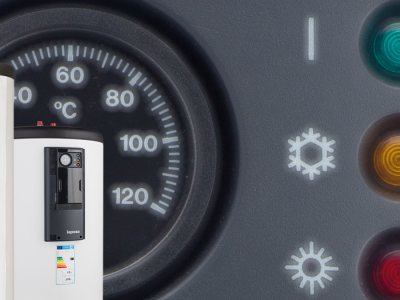
DHW tanks in STAINLESS STEEL
The STAINLESS STEEL with chromium-nickel-molybdenum AISI 316 L, highly resistant to pitting caused by halogen elements such as the chlorine present in drinking water, is the material used to manufacture all of the models in our “GEISER INOX” and “MASTER INOX“ series.
read more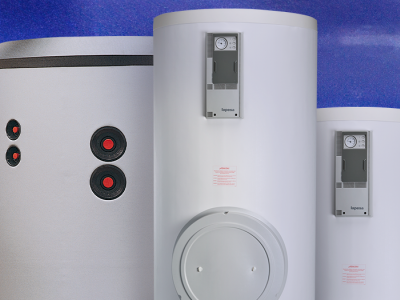
DHW tanks in ENAMELLED STEEL
VITREOUS enamelling for domestic hot water storage tanks is by far the most suitable lining of all those that exist on the market for this type of product made of carbon steel that requires special protection of the metal surfaces in contact with water.
read more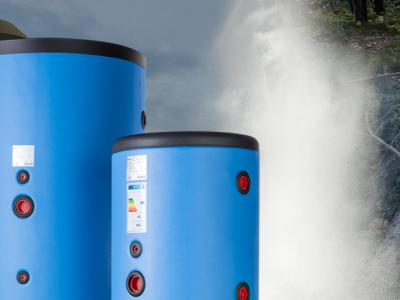
INERTIA storage tank
Inertia storage tanks for closed heating or cooling circuits, which act as an energy management system of the installation. Models with or without internal exchanger, and models with their own thermal stratification system, complete our range GEISER/MASTER INERTIA, from 30 to 6000 liters of storage capacity.
read more
